A new option in the latest macOS Sequoia developer beta allows users to install Mac App Store downloads on external drives, and run the apps from there.
It's a seemingly small change to the third macOS Sequoia developer beta, but it's significant, and it follows a previous attempt to deal with apps and their storage requirements. From the first beta of macOS Sequoia, Apple revised app installations so that during the install, they no longer require twice the storage space of the app itself.
Now if users turn on the option in the Mac App Store, larger apps will automatically download to a nominated location instead of straight into the regular Applications folder. Specifically, if an app is larger than 1GB, it will download to that external drive.
This brings Mac App Store apps in line with how third-party apps have always worked. Third-party apps download to a Mac user's Download folder first, and then can either be run there, or their installers can.
Space saving
The biggest advantage this new option brings is that by being installed on an external drive, apps no longer take up space on the Mac's own internal storage. That's significant because Apple charges over the odds for greater amounts of SSD storage — and that the amount cannot be increased later.
Consequently, this is an immediate benefit to users with the base configuration of Macs. The minimum storage that can be bought on any Mac today is 256GB, but even that is low, and quite recent models shipped with just 128GB.
Temporary apps
There is also, though, the fact that an app can be tried without adding it to the Applications folder. This has most obviously been a benefit to third-party developers as they test multiple versions of their apps, but it also has uses for casual users.
If there is, for instance, an app that helps them do a certain task they know they'll never need to do again, they can temporarily add it to their Mac and then uninstall it.
That can be done with regular Mac App Store apps being installed to the Applications folder — but only if the user has permission to install there.
This new option is currently only present in the latest developer beta of macOS Sequoia. It should appear in the next public beta, before the new OS is released officially later this year.
 William Gallagher
William Gallagher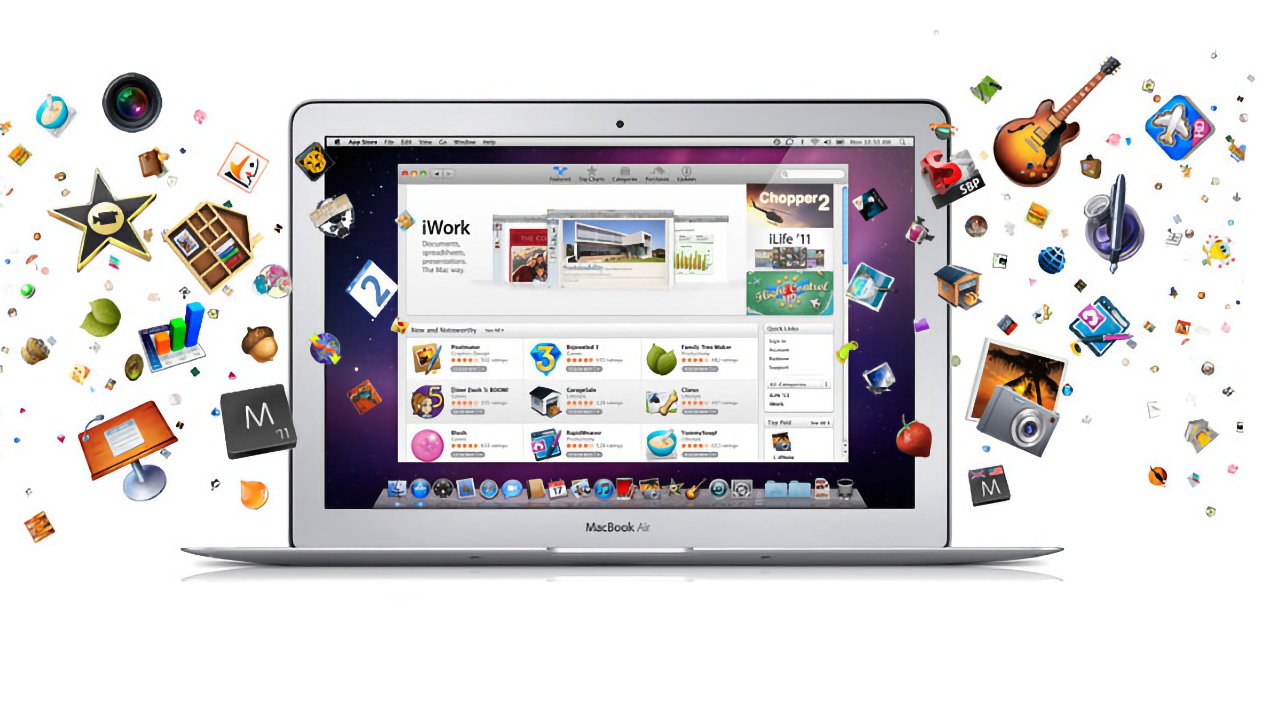

-m.jpg)





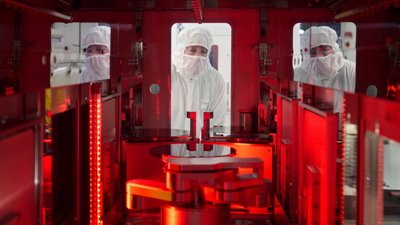
 Malcolm Owen
Malcolm Owen
 Andrew Orr
Andrew Orr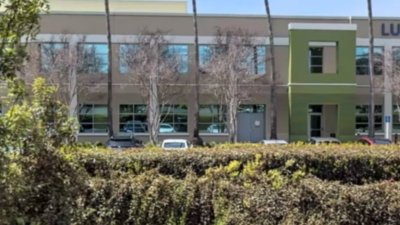
 William Gallagher and Mike Wuerthele
William Gallagher and Mike Wuerthele
 Christine McKee
Christine McKee
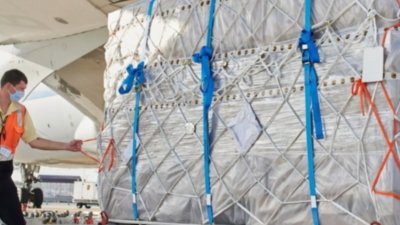
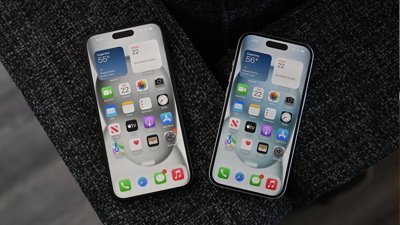
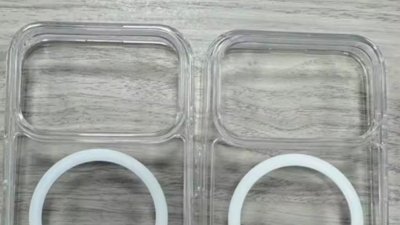
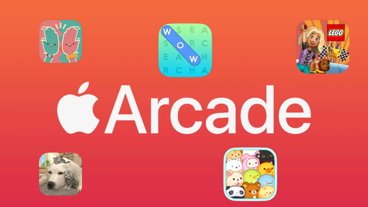
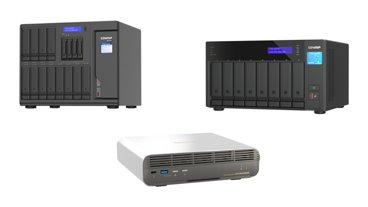

-m.jpg)






4 Comments
This is great news. I am hopeful that Apple will focus some more attention on this area as it is incredibly helpful.
One of the really useful (but somewhat hidden) features of macOS is moving your home folder to an external drive. It's been able to do this for a long time and was (I think) originally provided for network mounted home folders. The config is easily accessible from the user account settings. It helps a lot with undersized boot drives (or SSDs) which then only need to store the applications you install and the OS itself. An external 5TB Seagate portable drive helps bring back an under-equipped Mac mini very nicely. Its worked fine like this for years.
BUT...
This just got broken in recent OS releases (Sonoma). I have confirmed that FontBook and iCloud Files for sure do not work when your home folder is on an external drive formatted as HFS+. I suspect it might also stop the Feedback Assistant app logging in too but that's not proven yet. The iCloud files support in older OS versions works just fine but it will not mount in Sonoma and FontBook will install the files from your home folder but will not display them in its browse view.
I did file bug reports about this a while back (and will again soon). I suspect the broken apps all access the same toolbox API that was changed and the HFS support was broken or removed internally. I'm hoping this will lead to an investigation that will reverse that, which might allow the engineers to close multiple outstanding bug reports with a single fix.
This is great sure performance will take a hit but being able to do this (and hopefully it moves over to iPad) can be beneficial for the end user (although Apple won’t have the profit from the storage up charge)
I seem to remember an Alex Ziskind video where he showed you can boot off an external drive and the read and write speeds were commensurate with using the internal drive except when you were swapping data from the RAM and disk. In that case there was a big bottleneck.